It’s National Soul Food Month. Yes there is such a thing! I thought I might take you on a tour of one of the sources of soul, the early Chesapeake. I’ve written frequently about the Chesapeake being the first “Creole cuisine,” in mainland Anglo America. That is, it’s the first in which Native American, West and Central African, and European foodways linked in the context of the larger Atlantic world and with it, an even larger African diaspora.
Soul Food is the memory cuisine of the great grandchildren of the enslaved, not the food that the enslaved ate. The “proto – Southern” food, to borrow a phrase from Dr. Leni Sorensen, was breaking away from its British roots while acquiring carefully laced layers of other cultures, all negotiated in the hands and minds of thousands of diverse cooks. Some 80 plus different peoples made up this exchange…they were Pamunkey and Mbundu, Mende and French Hugenot, Bamana, Choctaw, Sephardic Jewish, Igbo, Scots-Irish and Canary Islander. What they created together was the root of the Southern and Soul Food traditions we know today.
A few months ago, I worked with the African American Interpretive Department at Colonial Williamsburg to recreate an 18th century Southern meal reflective of the roots of African Virginians in the early Chesapeake and Tidewater. Training them and working with seasoned staff was incredible fun and I hope the pictures below give you just a hint of how good the food was and what to look forward to as the African American Historical Interpretive staff cooks several times a week at the Peyton Randolph House.
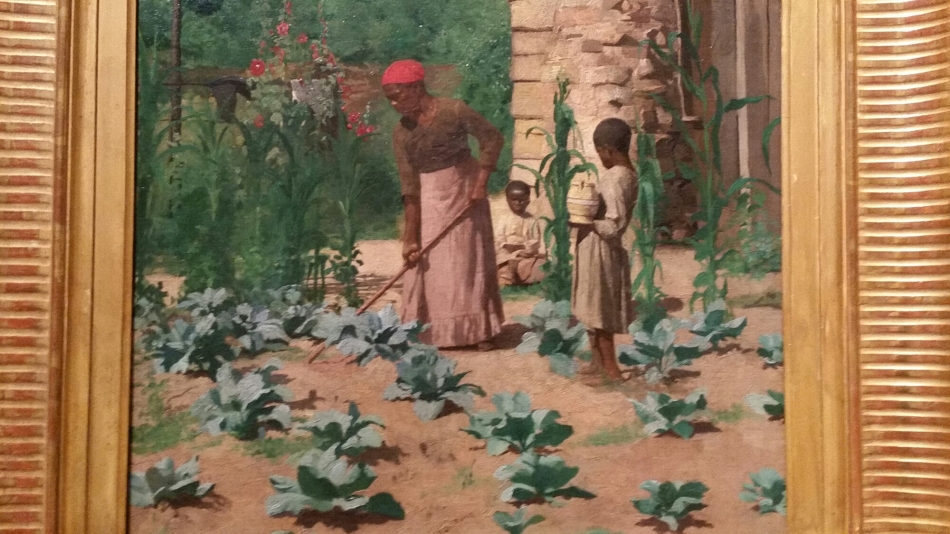
“The Way They Live,” Thomas Anchutz, Virginia, 1871
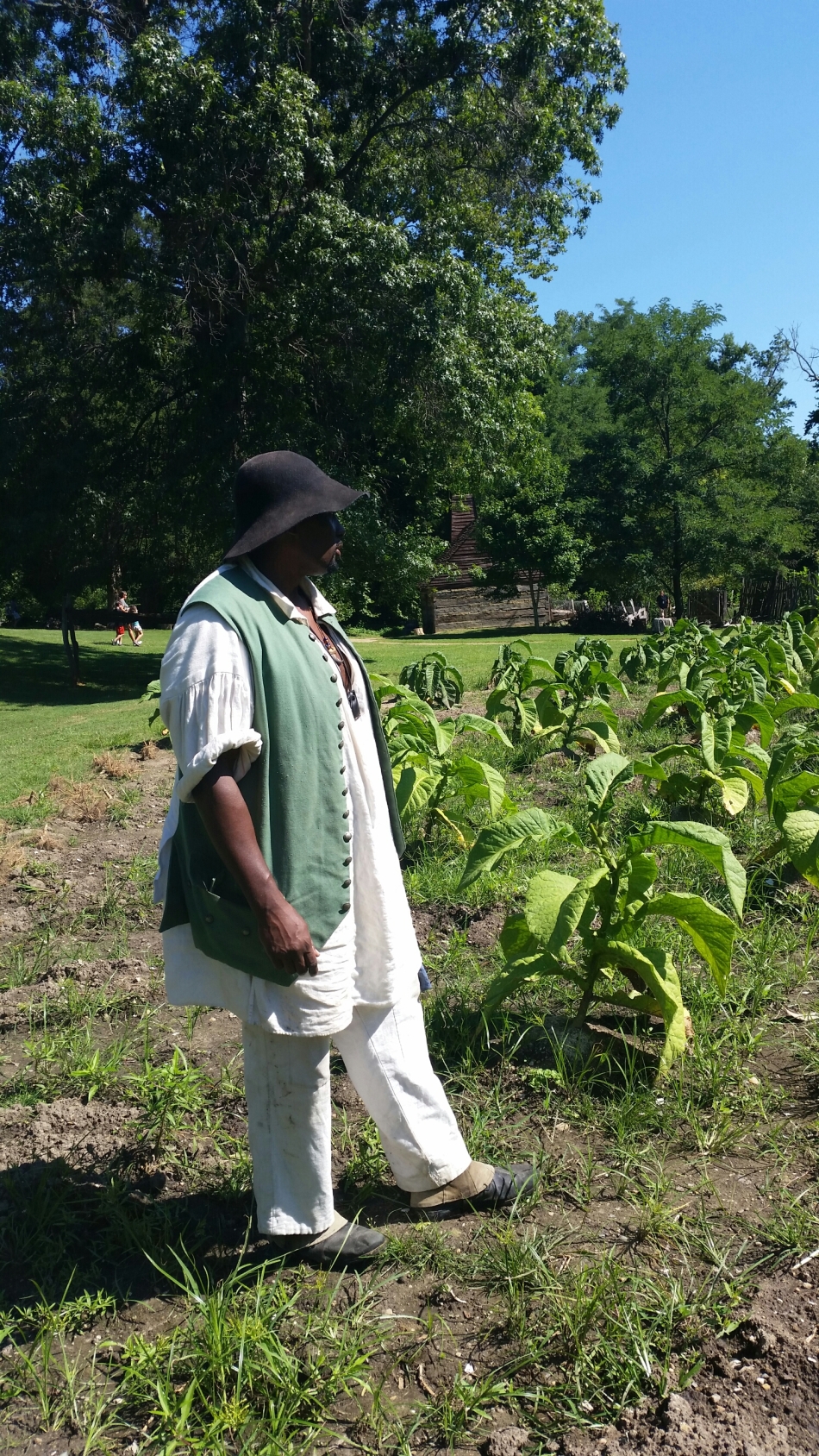
Harold Caldwell in the tobacco fields at Great Hopes Plantation site, Colonial Williamsburg.
The tobacco fields were where all this strted. Tobacco paid for American freedom during the Revolution. King Tobacco asked very little other than complete submission of time and space. A diet based on corn, salted migratory fish and pork, bolstered by gardened, gathered, foraged, fished and hunted foods.
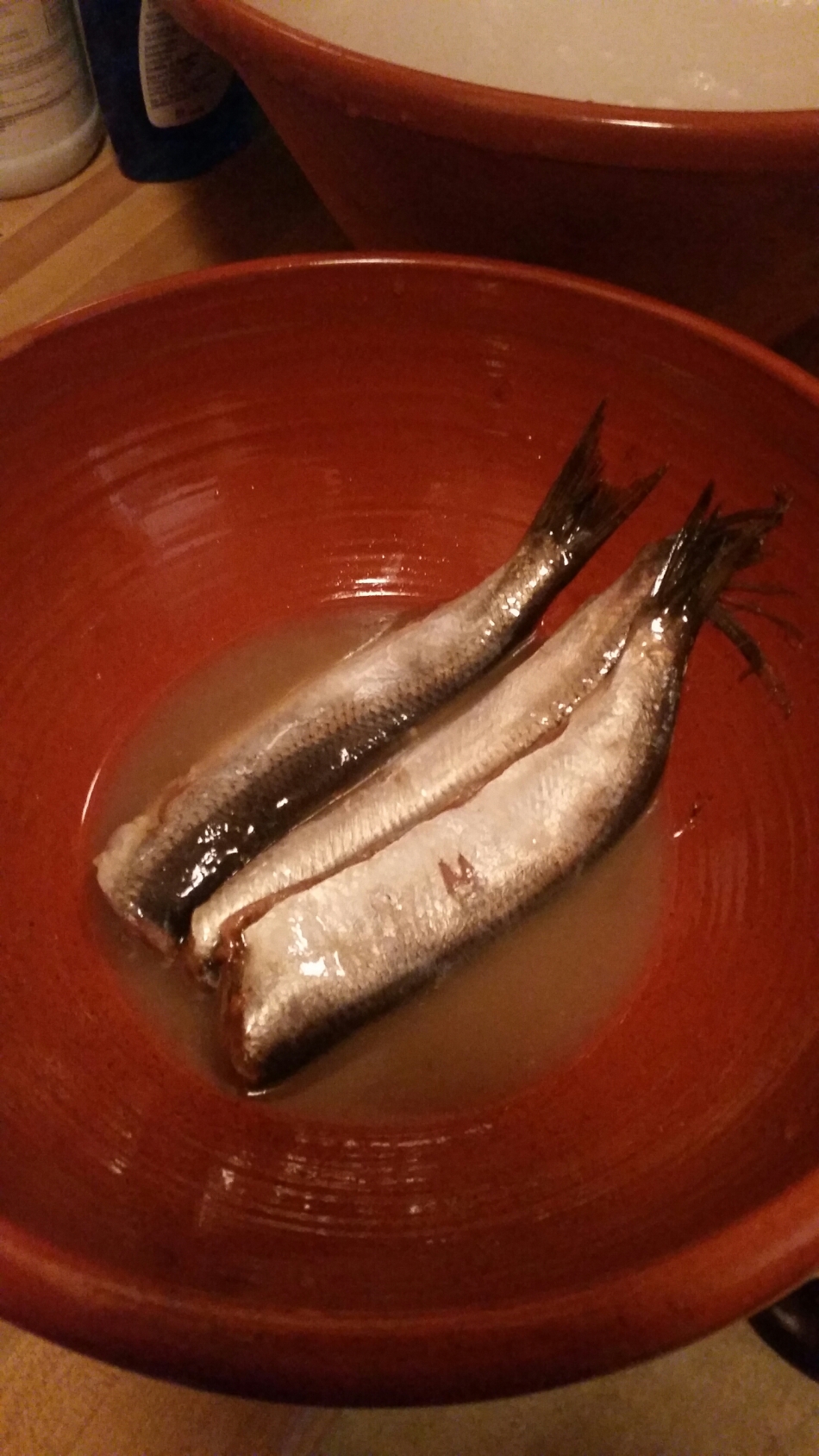
Salted herring. It makes complete sense, stinking fish was the first protein in West and Central African culinary traditions. Salt fish took its place in early slavery. The traditional West African stew would be stinking fish sautéed with onions with vegetables, tubers, leafy greens and lots of spices.
Our West African stew..
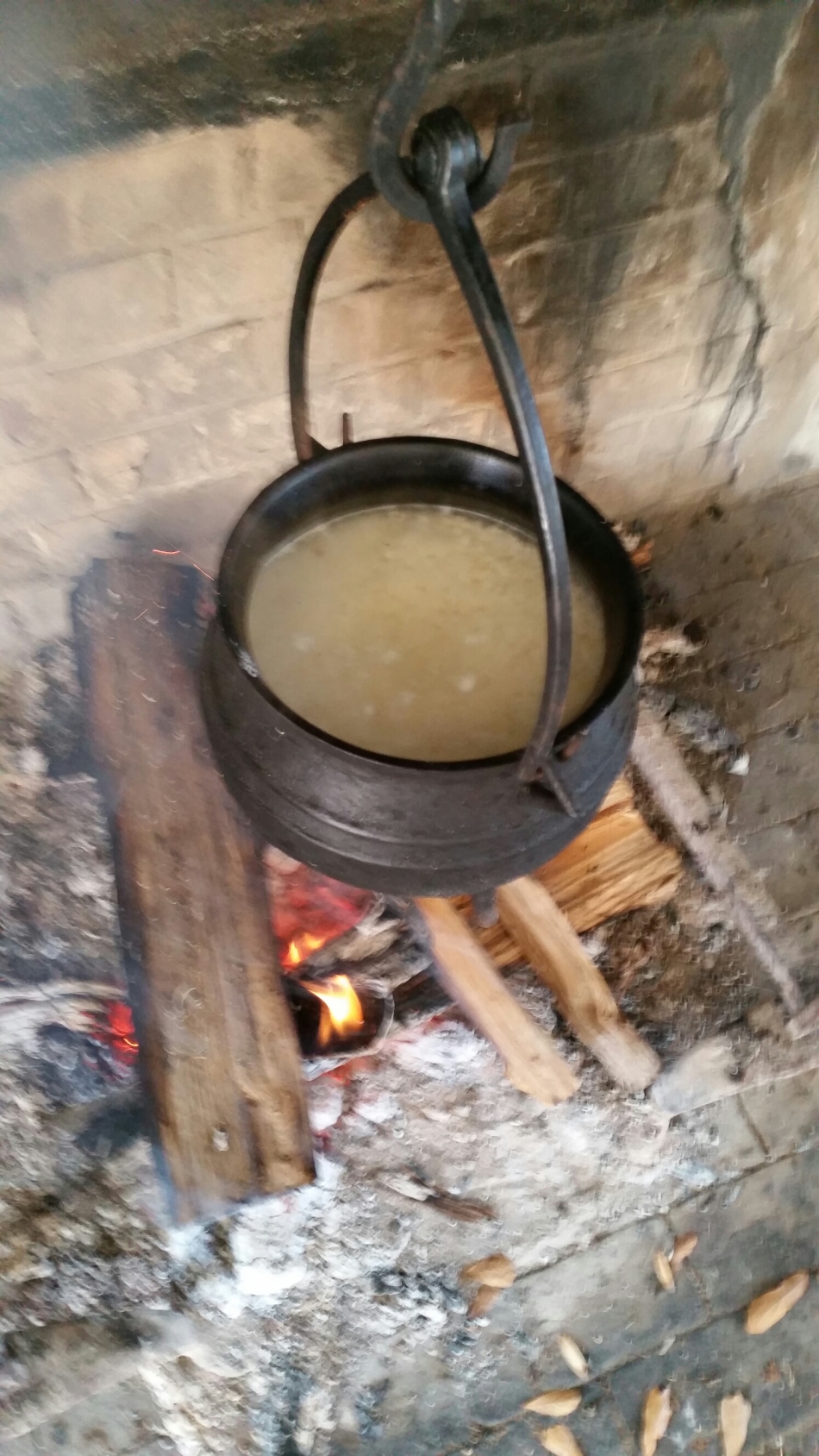
Hominy, a Native American staple, replaced grain porridges from Europe and Africa and became an important factor in Black reproduction and normative improvement in health.
Salted pork was a staple seasoning for kitchens high and low. The bits of meat were less important than the smoky, salty, peppery flavor they provided.
Roasting whole ears of corn and sweet potatoes in ashes .
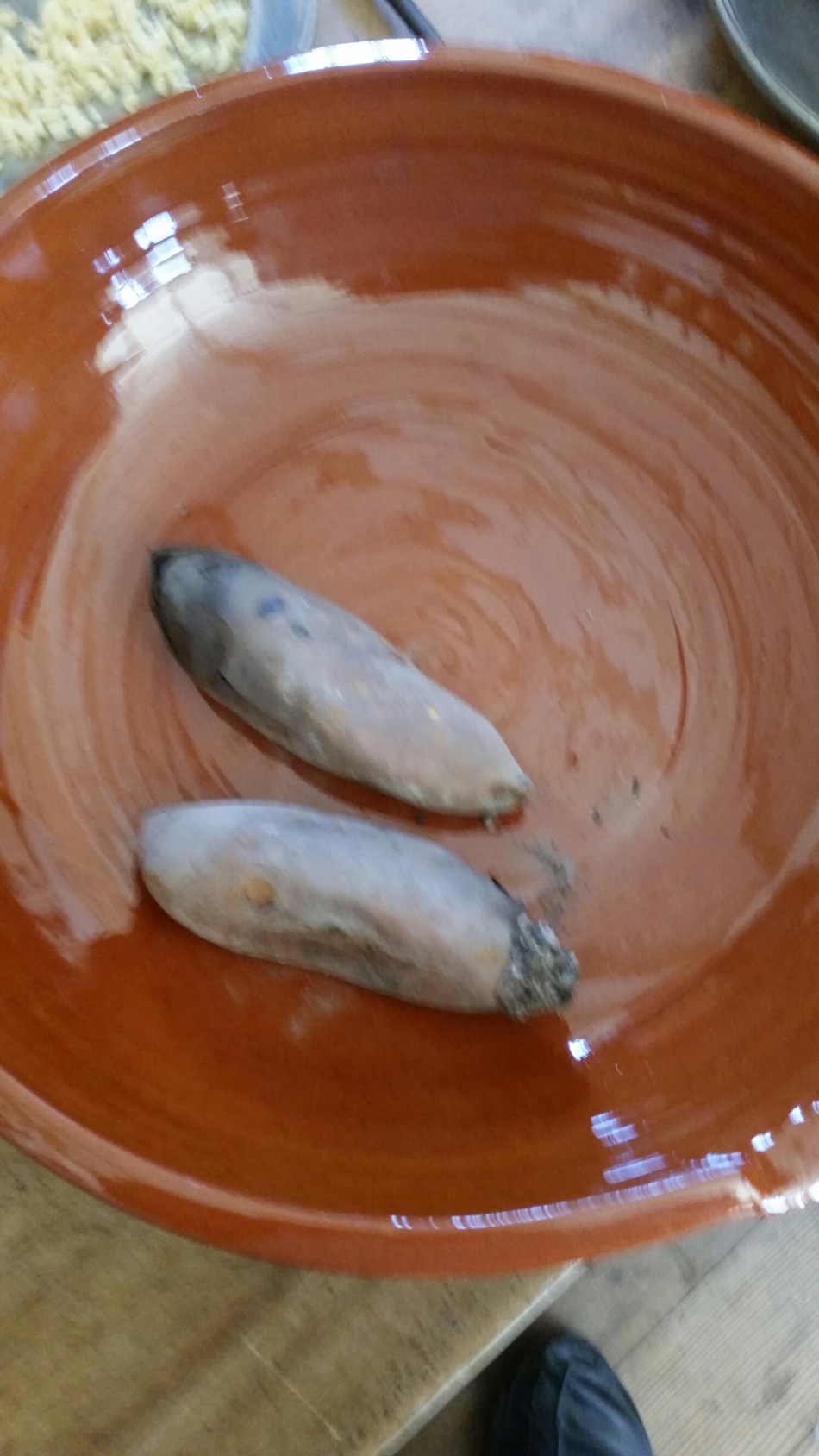
Sweet potatoes roasted in the ashes of a fire. Stored in subfloor pits like these:
From enslaved people’s gardens came many of the staples of soul. Corn and sweet potatoes joined cymling squash,
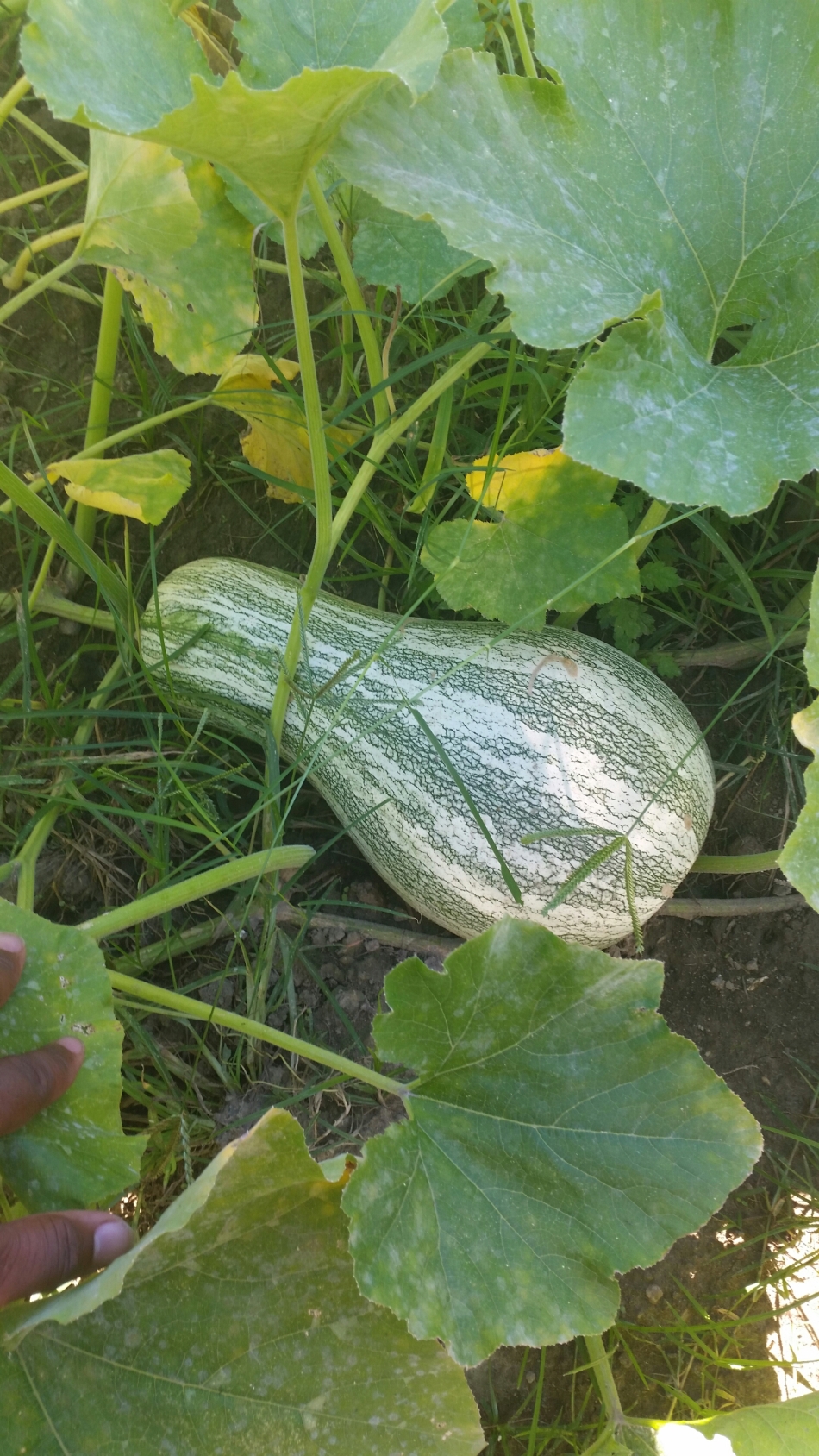
sweet potato pumpkin,
cowpeas,
hot peppers,
white potatoes,
tomatoes, beans, okra, onions, watermelons and muskmelons and of course collard and turnip greens.
Early American already noted the bounty of African American gardens!
Okra Soup….
And a very very rare treat, fried chicken and hot rolls or wafers. Black people were known as the “chicken merchants” of the Chesapeake region. Our Ancestors raised chickens, Guinea fowl, ducks, turkeys and geese for their eggs, feathers and meat–mostly for sale.
And that’s delicious fried chicken the 18th century way.
If you were enslaved to King Tobacco wheat bread was rare until the switch to grain was eminent.. as were wafers…we figured out this was definitely not 18th century…to have wafers with chicken!
We just had fun….
And broiled stray chickens!


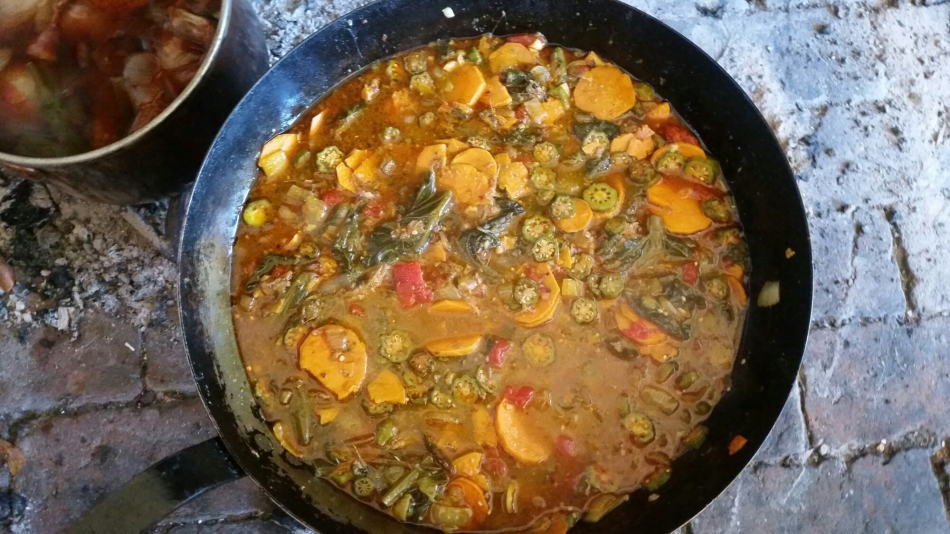
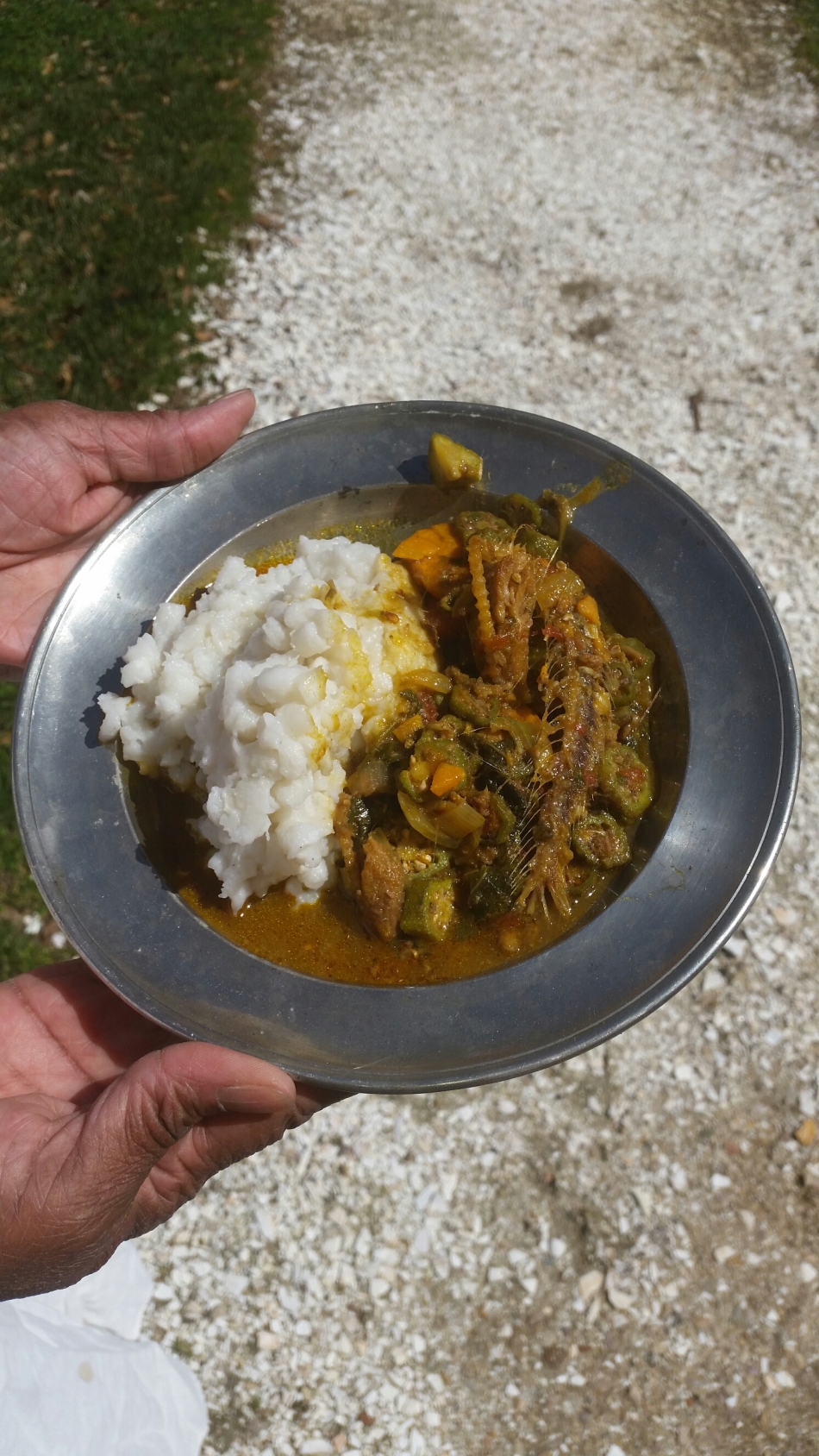

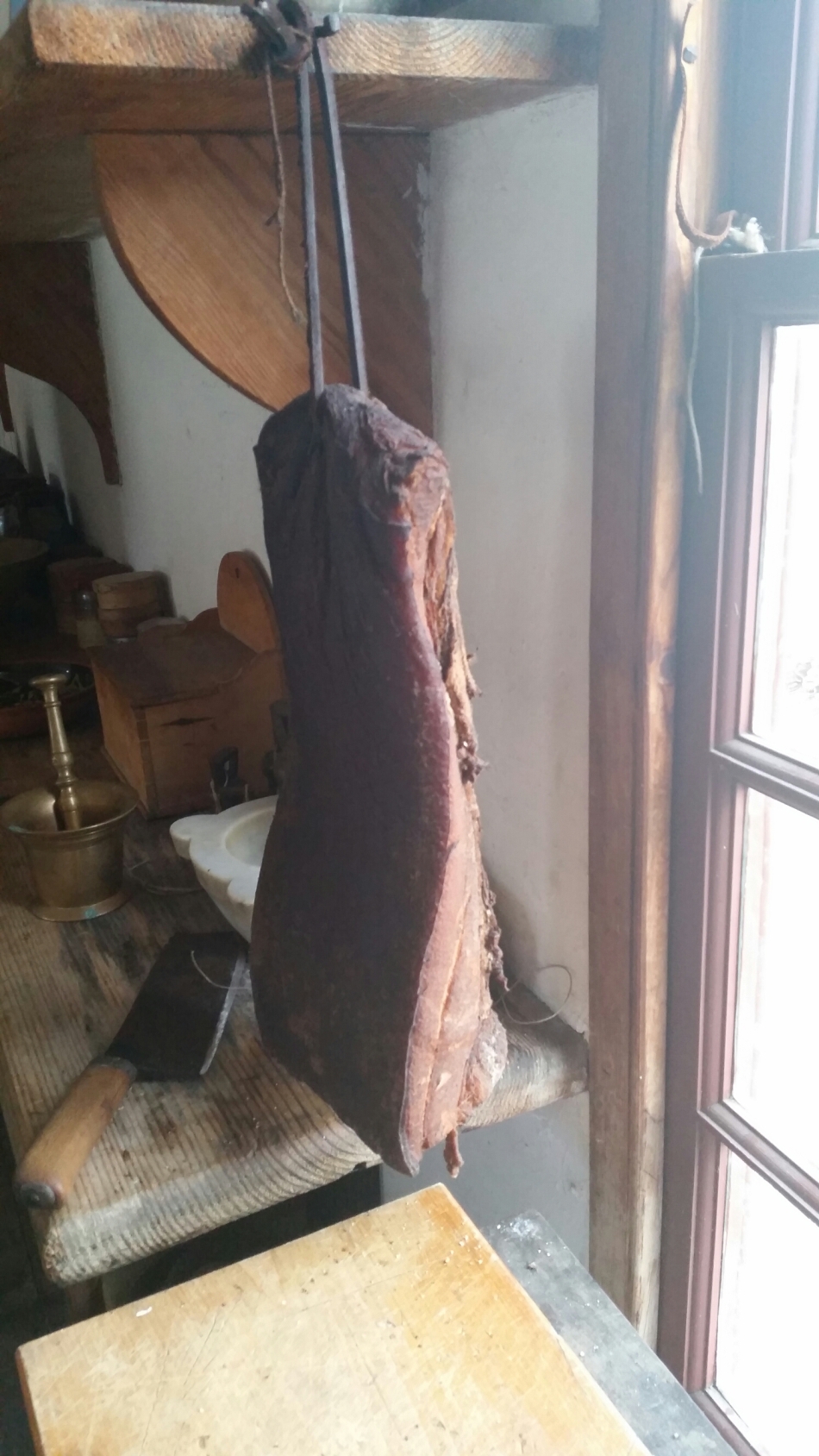
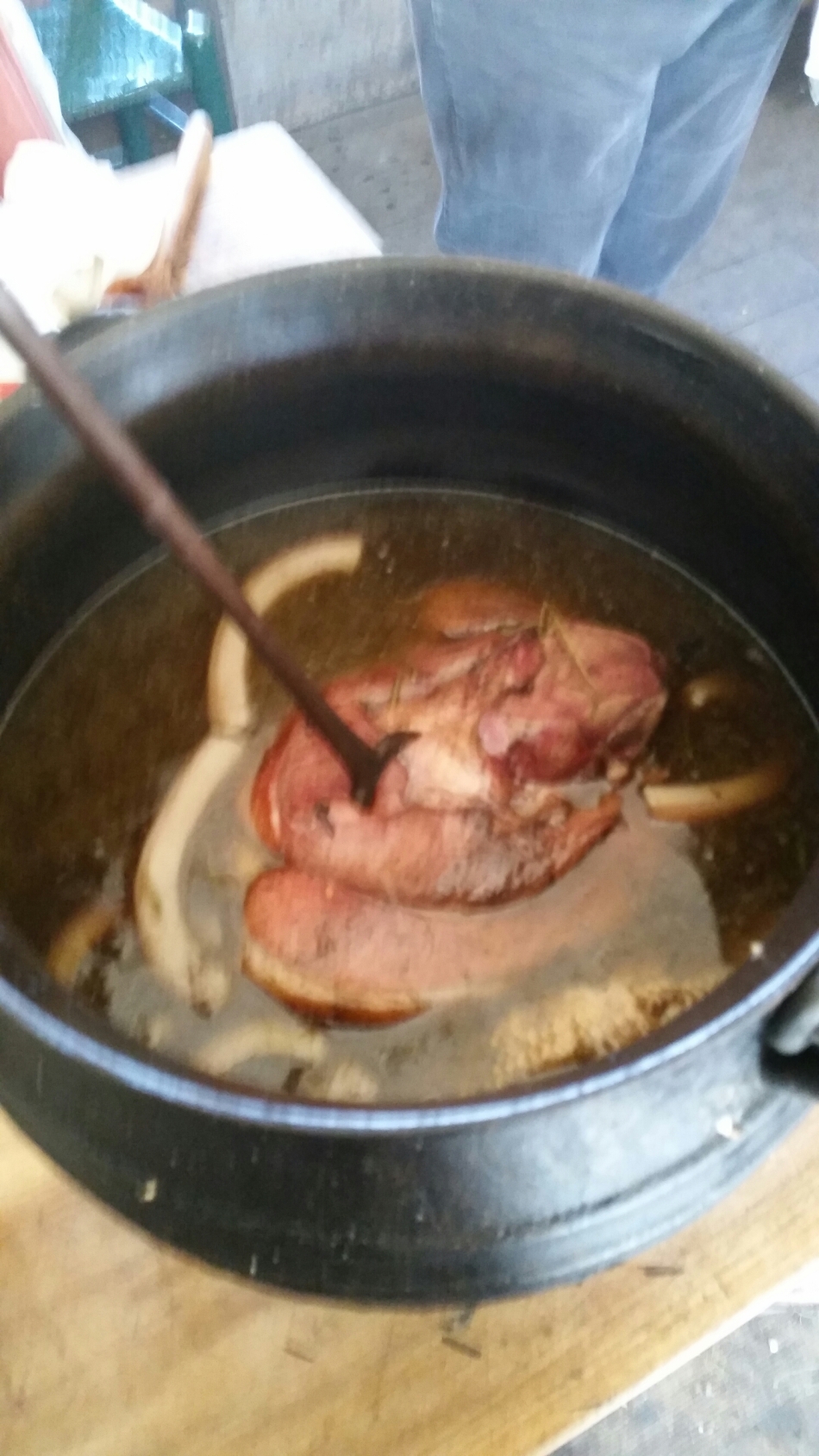
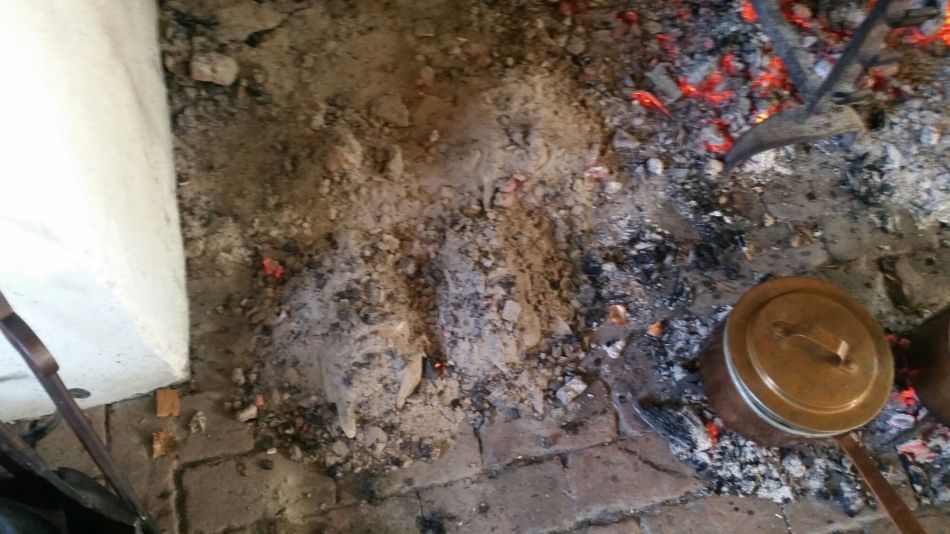

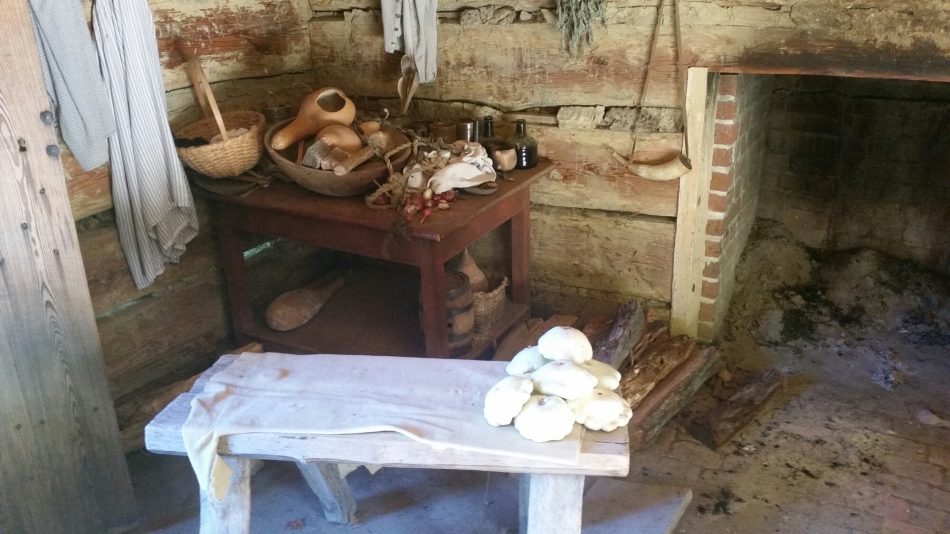
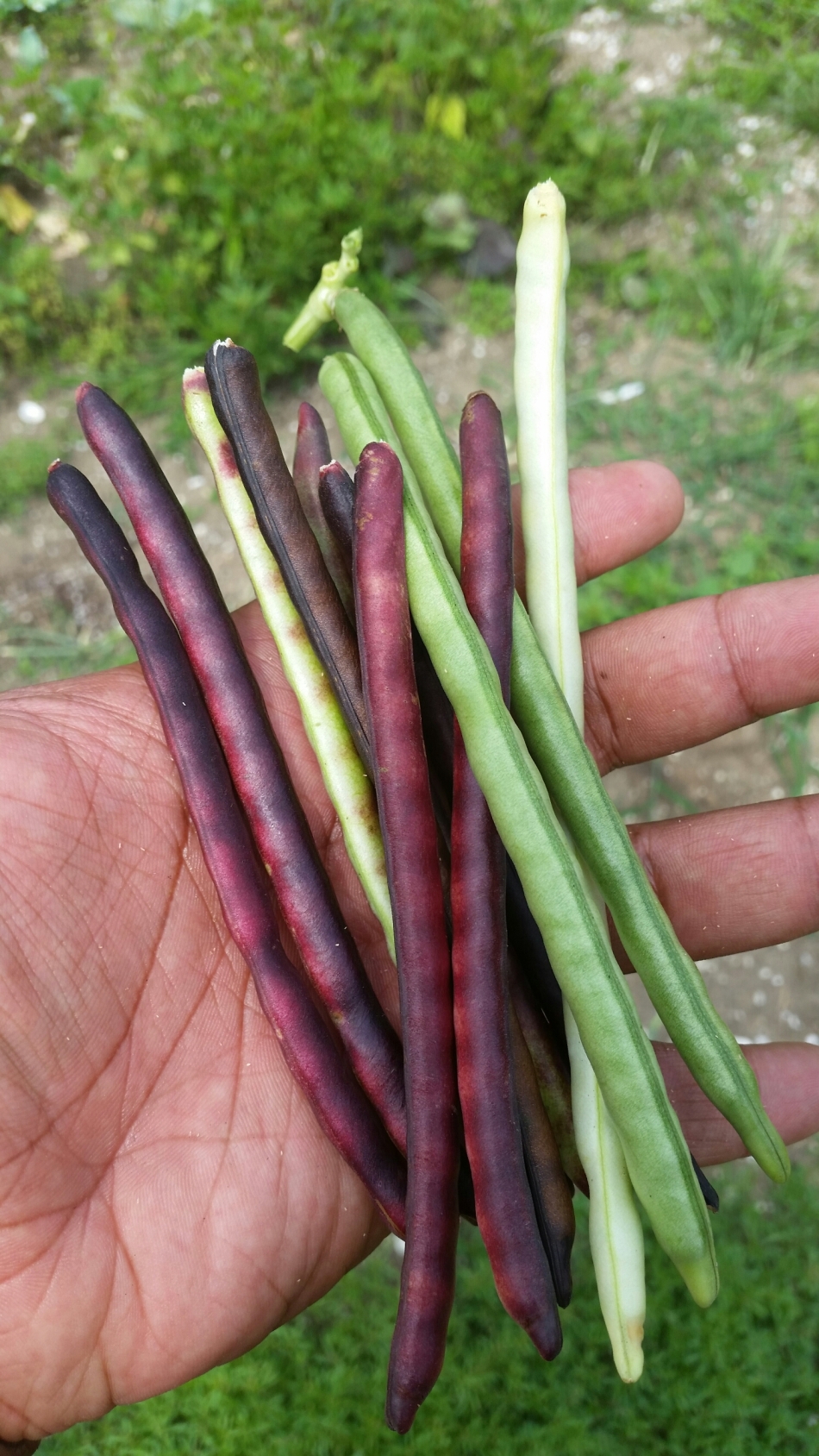
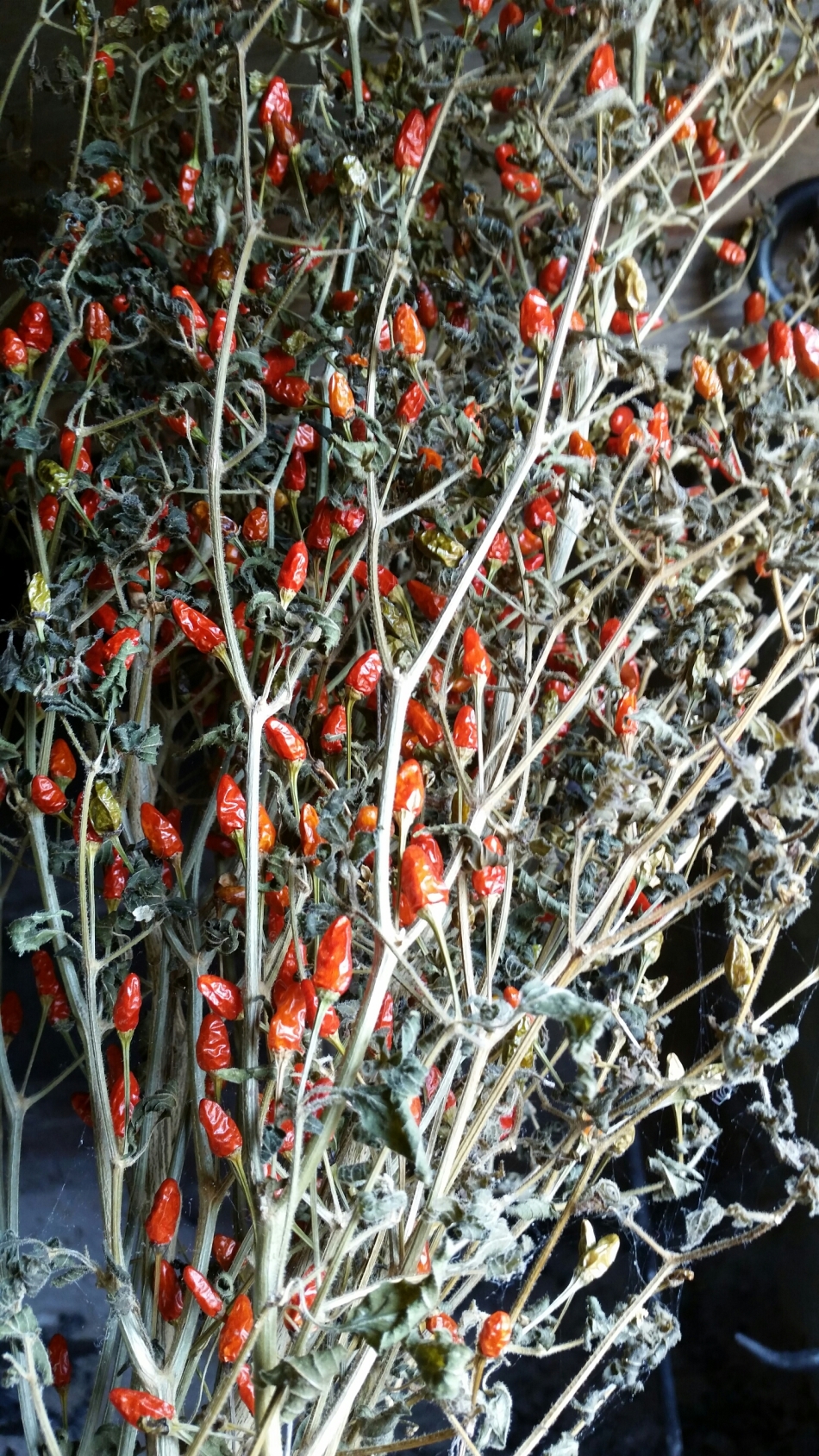
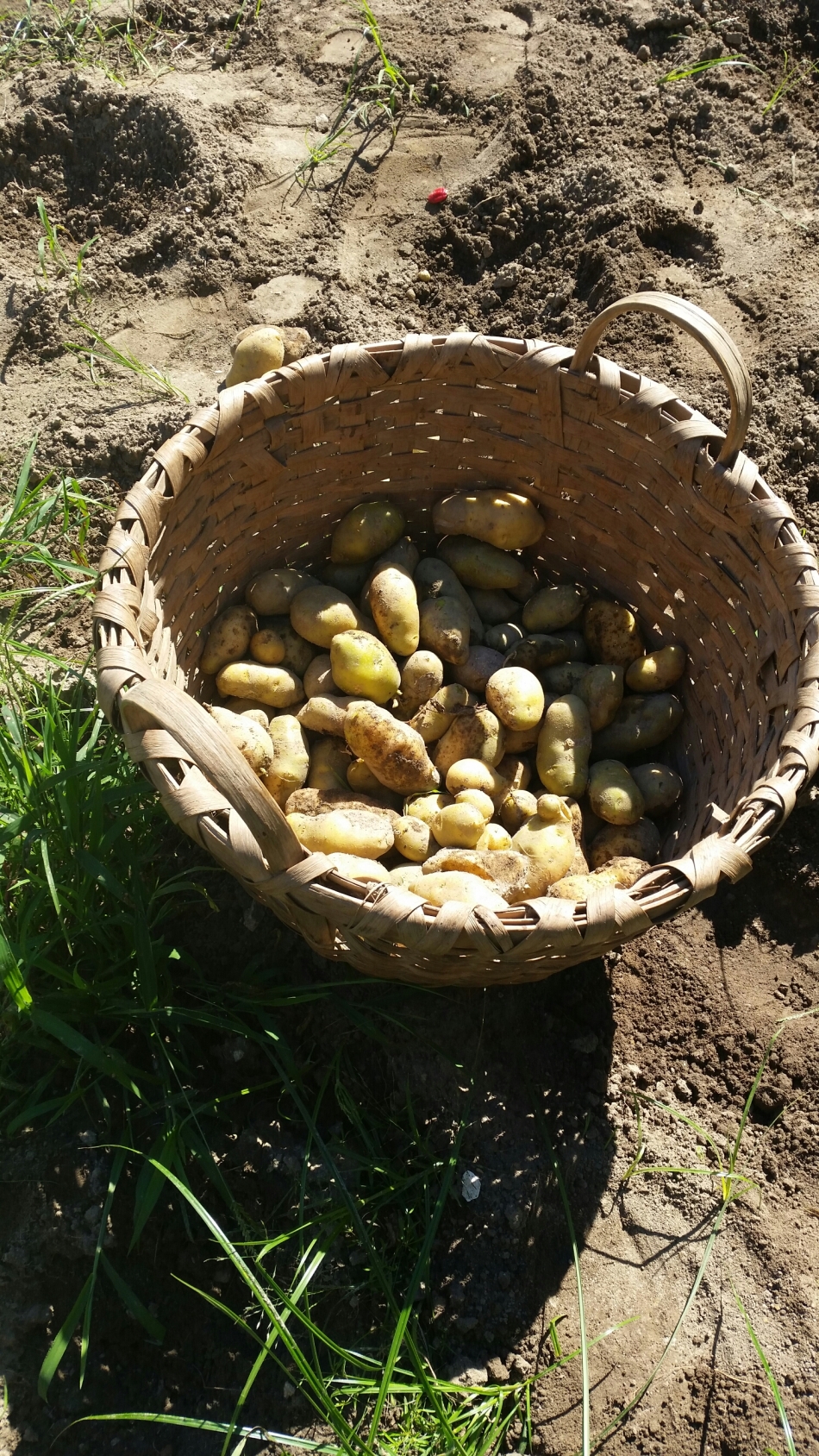

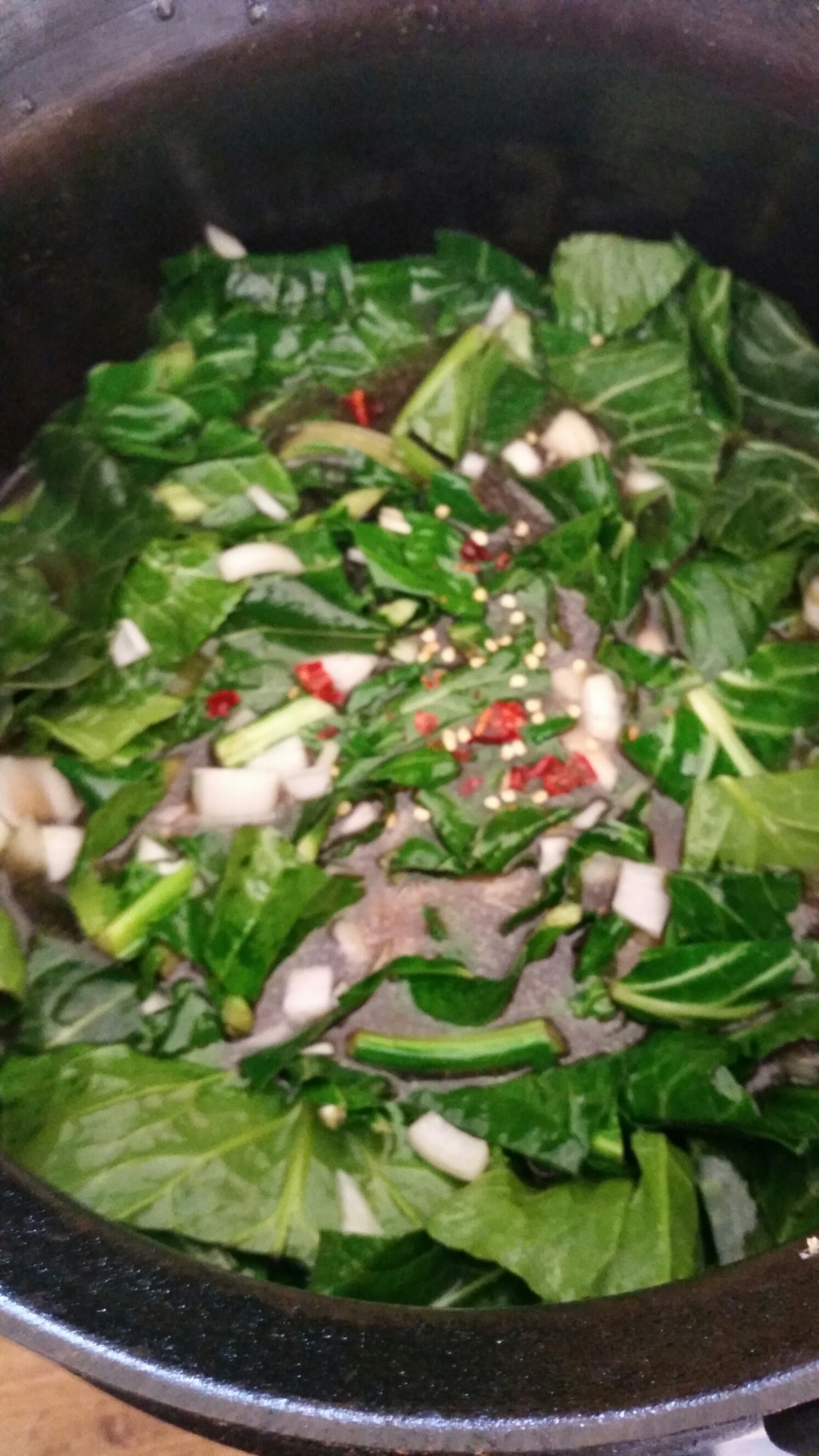
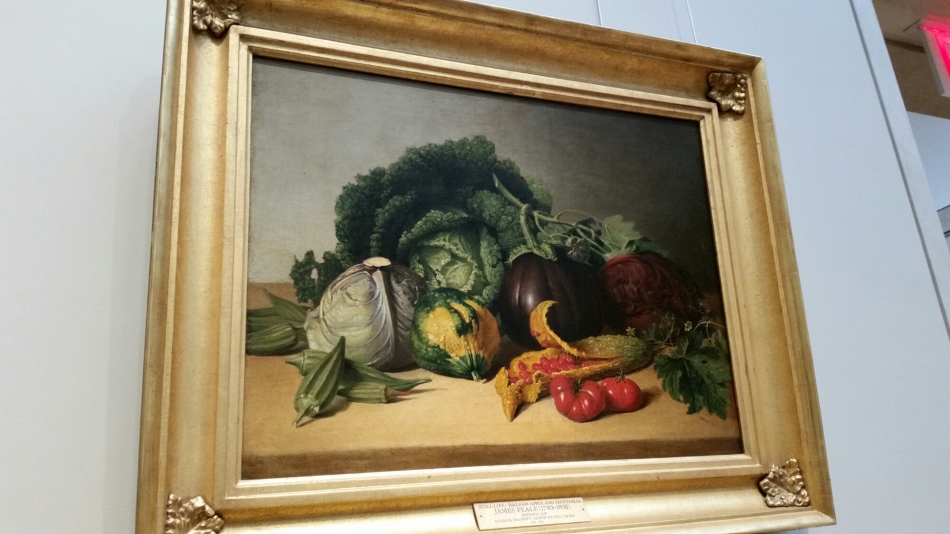
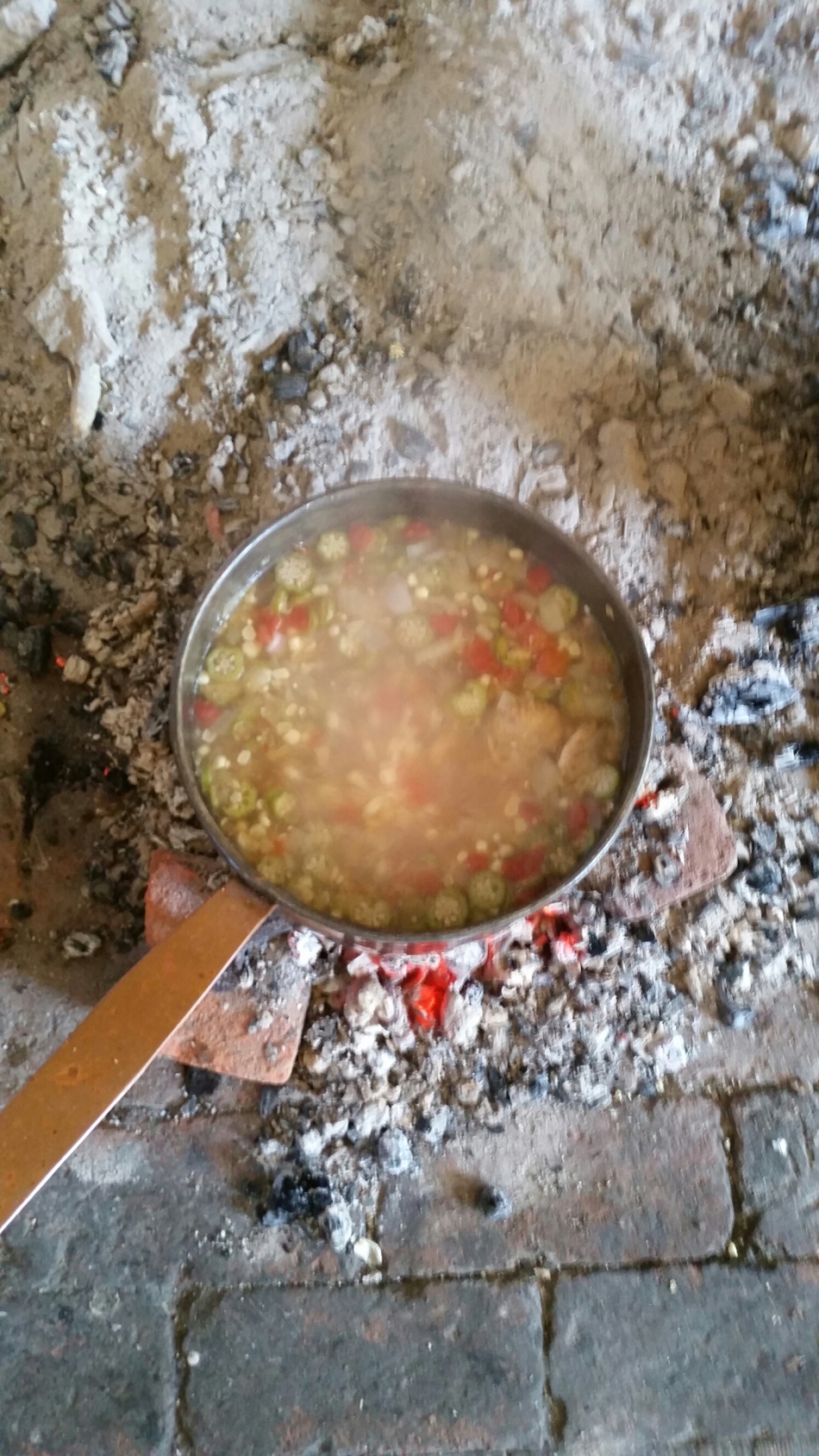
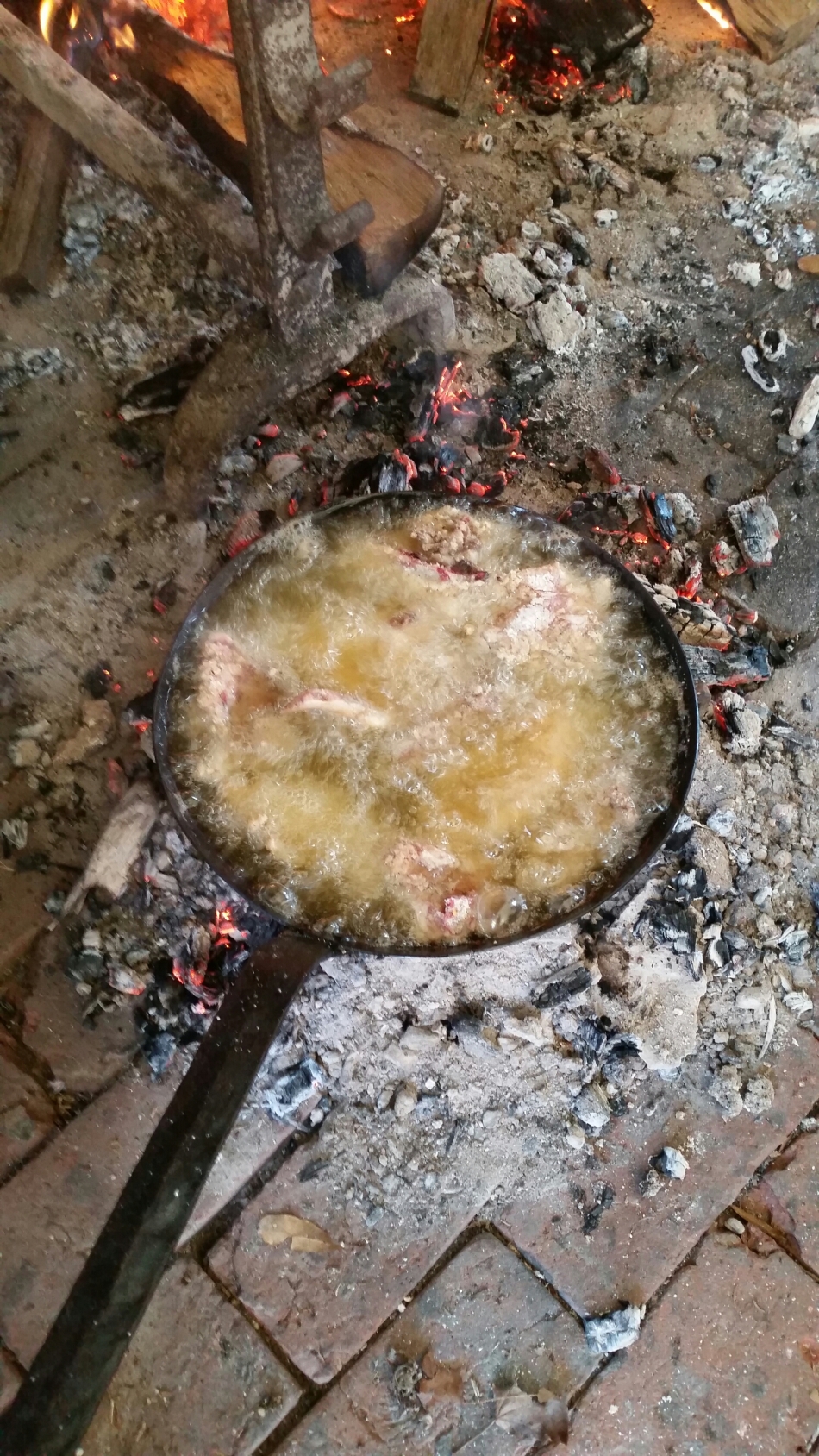

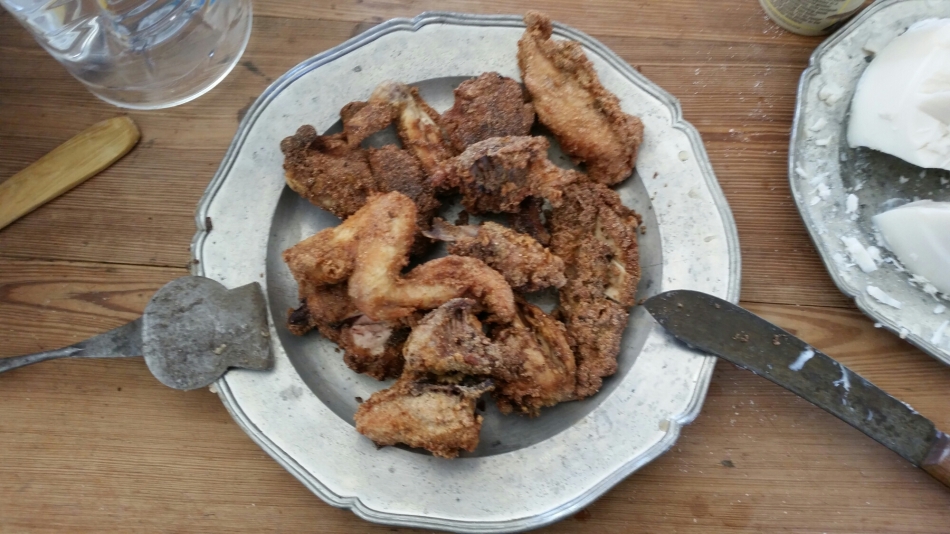

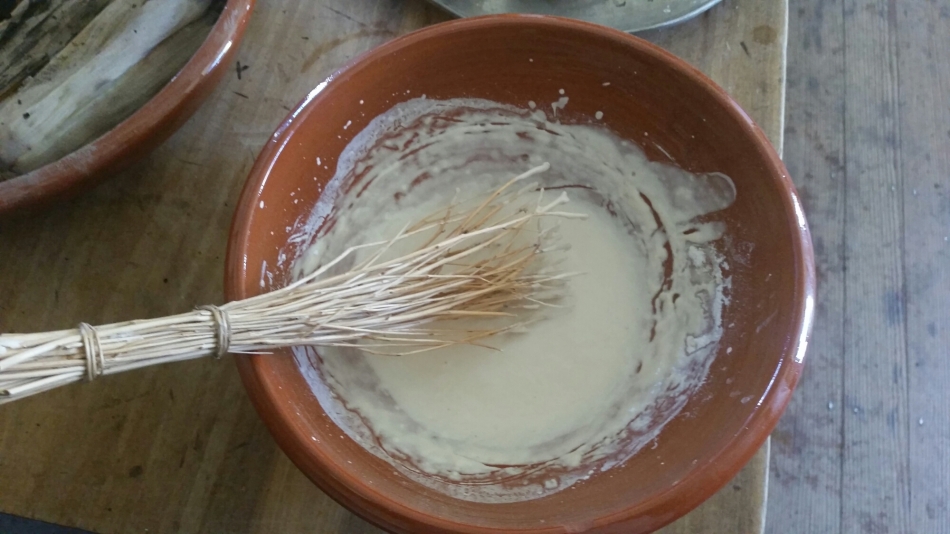

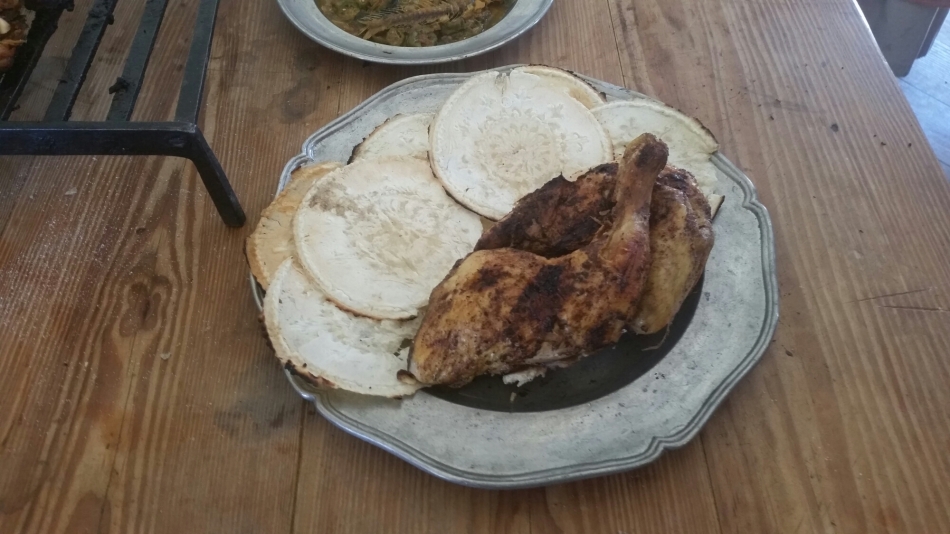

Reblogged this on bears, goats, and strawberries and commented:
Aiesha. You are not a bunny rabbit to eat lettuce. You get some good soul food, that starvation fat will disappear. Not everyone looks anorexic while starving.
LikeLike
Reblogged this on rennydiokno.com.
LikeLike
Amazing post. I love to hear about early soul food. People think soul food is unhealthy and mostly fried. I love seeing how his post shows soul food as healthy, natural and delicious. I am eating some pulled pork with collard greens in a super rich bone stock. Soul food in my house. Yummy.
LikeLike
Such an interesting article, thank you for sharing. I grew collard greens for the first time in my garden this spring, and they were delicious, I put a bit of turkey in for flavor.
LikeLike
These pictures made me feel like I’d eaten a whole meal…that evocative, that sensual! The food looks amazing! This blog is really great!
LikeLike
Great history lesson. I appreciate the effort to report accurate accounts of our African-American past. Thanks
LikeLike
Reblogged this on J. Gray Researching and commented:
Wonderful History in Pictures of Soul Food!
LikeLike
Wonderfu,l clear, and inticing historical pictures of Soul Food! Thankyou for your efforts!
LikeLike
1) Beautiful pictures and a great post!
2) I just found out you’ll be the keynote speaker at ASFS and I am kvelling! I so admire your work, I can’t wait to hear you speak.
LikeLike
Amazing look at the origins of soul food. I’d honestly never heard of cooking sweet potatoes in ashes like that – but it makes a lot of sense when you don’t have access to lots of conveniences! Would love to get a taste of what food was like back then.
LikeLike
Fascinating! And I just discovered a Soul food restaurant this weekend. 🙂 Another evidence coincedence doesn’t exist. 🙂
LikeLike
so interesting! i love soul food but rarely stop to think about its humble origins
LikeLike
This post made me hungry! What century was the cast iron pan introduced?
LikeLike
Pingback: 7 mouthwatering dishes that show the African origins of Southern soul food. | PintVerse
Pingback: 7 mouthwatering dishes that show the African origins of Southern soul food. | Free Books Zone
Pingback: 7 mouthwatering dishes that present the African origins of Southern soul meals. | MMM
Pingback: 7 mouthwatering dishes that show the African origins of Southern soul food. | My One and Only You
Pingback: 7 mouthwatering dishes that show the African origins of Southern soul food. – Virally Viral
Pingback: 7 mouthwatering dishes that show the African origins of Southern soul food. | Bullet Metro